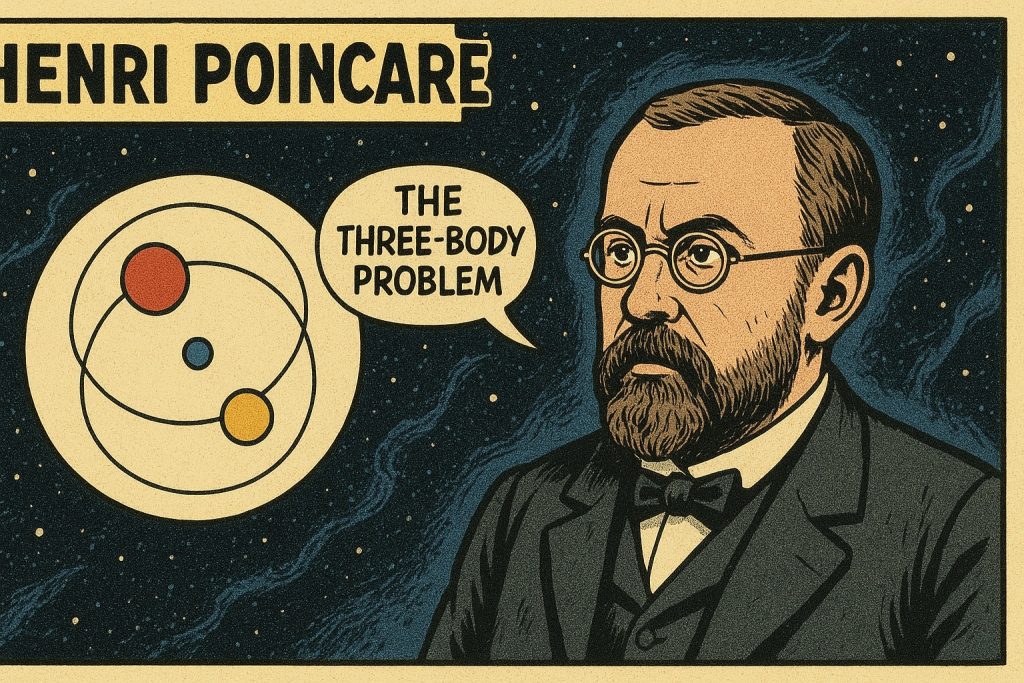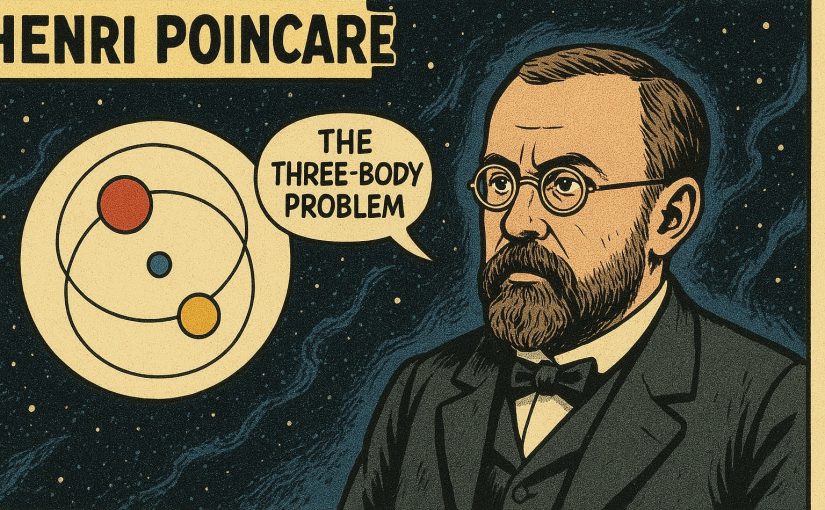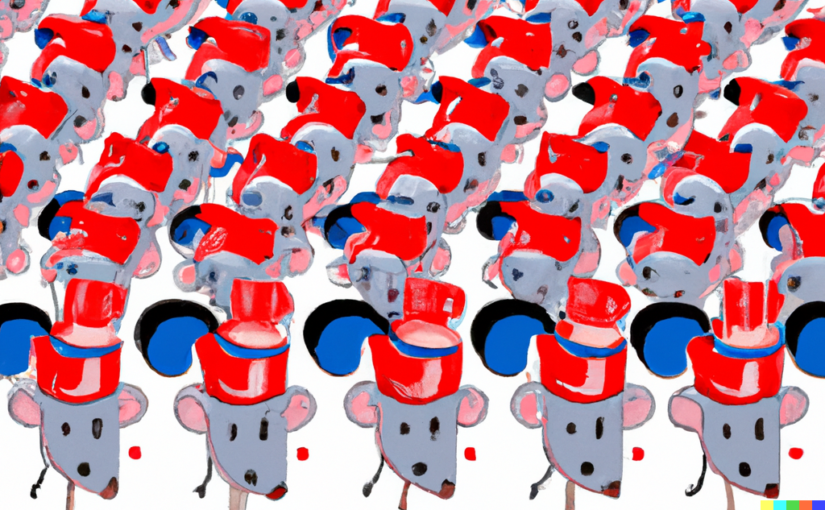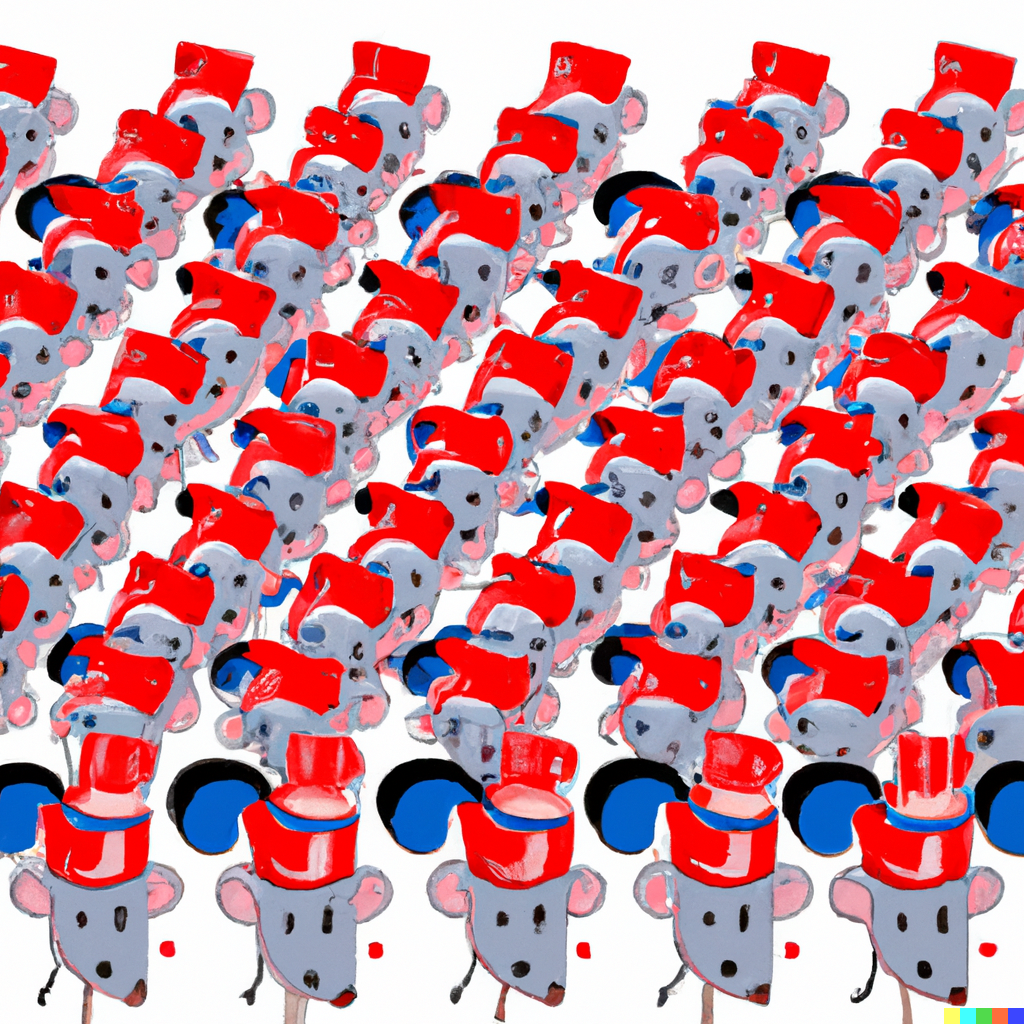My first academic paper “Are nonmeasurable sets significant for epistemology?” is forthcoming in Synthese. A preprint is available here.
While this paper may appear somewhat technical on the surface, its philosophical message is in fact extremely simple. Once I was asked by an anthropologist friend to explain what is going on in this paper in a bar (not the quietest place in the world). Here’s what I said:
In scientific investigations, it is often helpful to distinguish the substantial part of the phenomenon in question from the derivative features introduced by one’s instruments. On my view in this paper, some mathematical constructs known as “nonmeasurable sets” fall into the second kind when we are interested in probability and statistics, and therefore should not be considered too important.
The highlight of the paper is the following quote by Henri Poincaré, one of my academic heroes:
Le géomètre cherche toujours plus ou moins à se représenter les figures qu’il étudie, mais ses représentations ne sont pour lui que des instruments ; il fait de l’a géométrie avec de l’étendue comme il en fait avec de la craie; aussi doit-on prendre garde d’attacher trop d’importance à des accidents qui n’en ont souvent pas plus que la blancheur de la craie.
La science et l’hypothèse, 1917
Translated as: “the geometer always more or less seeks to represent the figures he studies, but these representations are merely instruments for him. He does geometry with the notion of extension just like he uses the chalk, moreover we should be cautious not to attach too much importance to accidental features which are often nothing more than the whiteness of the chalk.”

Several things to note:
- Unlike many other philosophical works, I think mine is amenable to refutation/falsification. For example, the position in this paper would be significantly challenged if one identifies a theorem fundamental for probability that is not available in \(\mathsf{ZF+DC}\).
- One strong candidate for such refutation is the Hahn-Banach theorem, which is fundamental for functional analysis, as well as for constructing certain finitely additive probability measures. Whether this theorem plays any role in probability and statistics is debatable.
- In Footnote 11 of the paper one can find a curious quote by Hermann Weyl in Das Kontinuum, which I find highly interesting but not very comprehensible, since I have trouble understanding what kind of mathematical phenomena he was commenting on. If any reader has any insights on this, please communicate to me.
So much for the synopsis, please read the paper if you are interested.


